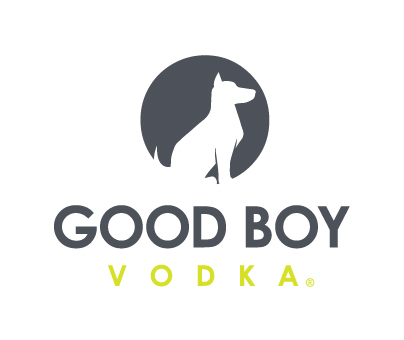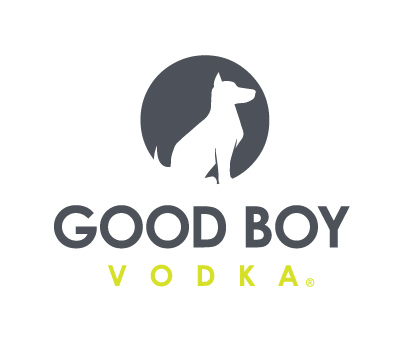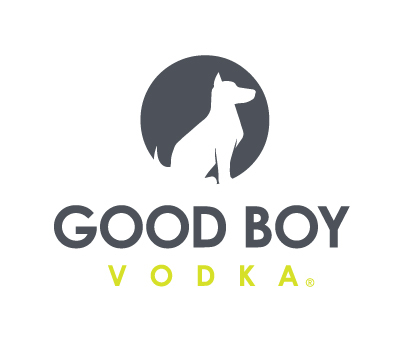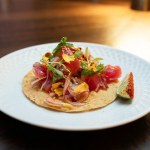Amazon: 100K New Brands Have Joined in 2021
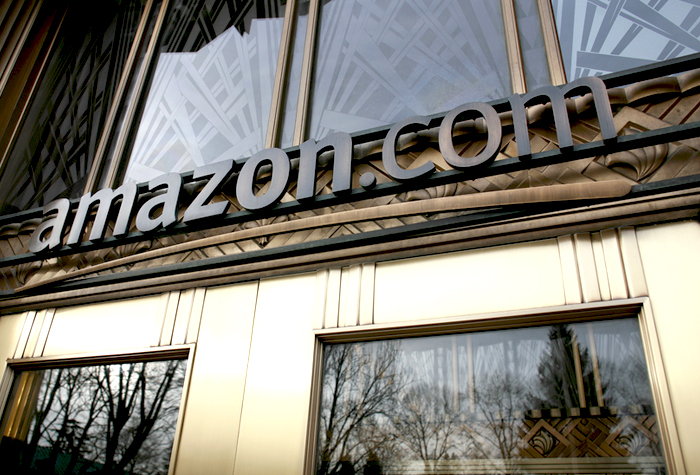
Amazon has welcomed more than 100,000 brands to its U.S. store so far this year, and the company has introduced a suite of new services and user tools aimed at helping those brands gain customers and increase profits.
The online retailer made the announcement yesterday at its annual Accelerate 2021 sellers conference in Seattle, where it also revealed that sales by brands are up 60% year-over-year through the end of June.
At the event, Amazon also made official several new services, bonuses and applications to help brands grow their businesses that have been rolling out over the course of this year. Those include:
- The Customer Review Resolution tool, which empowers brands to proactively offer additional support and a courtesy refund if a customer is unhappy with the product and leaves a negative review; this helps them build a stronger connection to their customers. Brands have already offered enhanced support on more than 200,000 orders per month since the tool was introduced in June.
- The Amazon Brand Referral Bonus, which earns brands a bonus of, on average, 10% of the purchase price of the promoted product (and any of the brand’s other products that the customer purchases over the following two weeks) when they direct marketing traffic from their own websites or other sites to Amazon.
- The Amazon Customer Engagement tool, which allows users to easily launch email marketing campaigns around new products.
- A+ Story Cards, a new way for brands to showcase their brand story on the product page through imagery and to connect shoppers with other products.
Chris Moe, president at ecommerce agency Cartograph, said that he believes one of most “impactful” new tools is the referral bonus, which he said “closes the gap between direct-to-consumer websites and Amazon.” Working with the assumption that logistic costs to serve customers was equal, this “effectively takes Amazon’s referral fee down from 15% to 5%,” he said, adding that credit card, platform and other assorted fees often add up to close to 5% on other DTC websites.
The ability to engage with customers who leave negative feedback is also particularly important for natural food and beverage brands.
“Responding to negative reviews has been turned off for a number of months, and is especially important for [better-for-you] products which may not taste the same as conventional, or may offer some kind of functional benefit,” Moe said. “Being able to offer refunds or ask for feedback when your product has been purchased by the ‘wrong target customer’ is pretty powerful.
Ecommerce expert Betsy McGinn shared similar sentiments about the ability to respond to negative reviews. She said brands that “pride themselves in great customer care,” previously had no way to engage on Amazon. This new ability, she said, is particularly essential given that Amazon allows third party sellers on its platform. While a customer may think issues stem from a product itself, in reality it could be caused by the seller.
At the event, Amazon also shared a look at other enhancements to its seller platform, including the new Search Analytics Dashboard coming early exclusively to users enrolled in Amazon Brand Registry. Combined with existing access to aggregated data, the Dashboard allows sellers to identify the top search terms that are associated with their products, as well as insights into conversion issues or drop-off points where customers are lost.
Meanwhile, Amazon’s new Product Opportunity Explorer, also coming in 2022, integrates data on search volume and growth, sales history, and pricing trends to help users evaluate the potential of new ventures on the platform.
According to Amazon, last year it invested more than $18 billion in logistics, tools, services, programs, and teams to help sellers. Still, both McGinn and Moe said the company needs to continue to evolve its strategies and tools, particularly for grocery brands. Moe, for example, said he believes Amazon needs to reduce fees for grocery items under $10.
“Even though Amazon is firmly in the grocery business now, they have yet to acknowledge that Food and Beverage margins may not support the costs of doing business on their platform, while expecting brands to hit a price point close to that on the physical shelf,” McGinn said. “Unlike some other categories – electronics, apparel, health & beauty – which have generous margins, F&B brands are challenged to be profitable on Amazon. There are occasions when I work with a client that we have to conclude that the financial model just does not work for their brand.”










